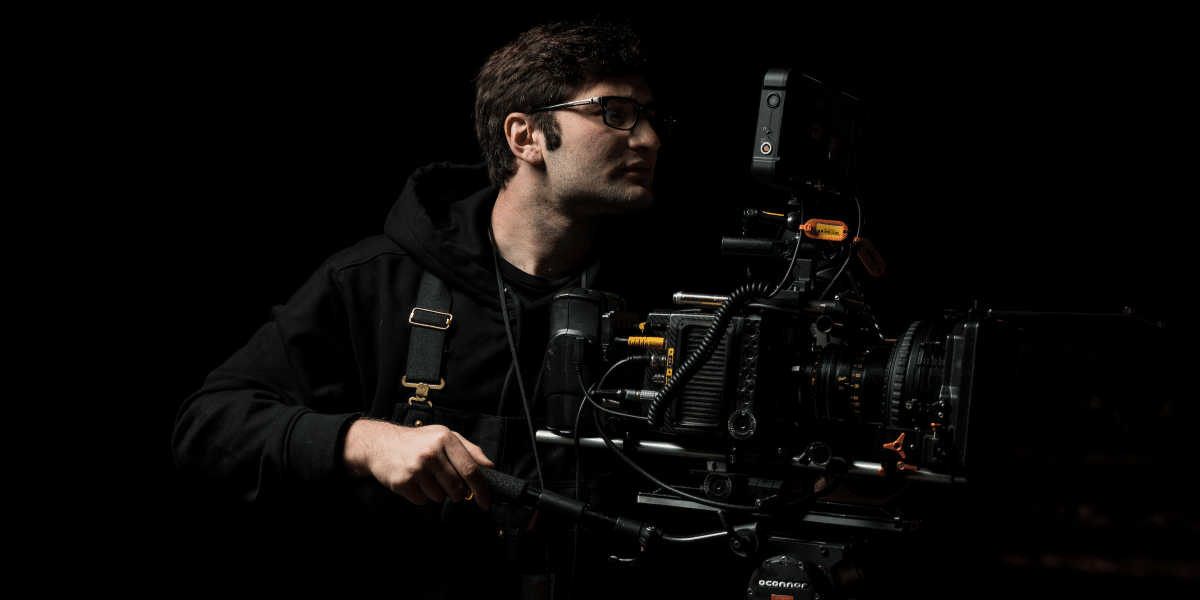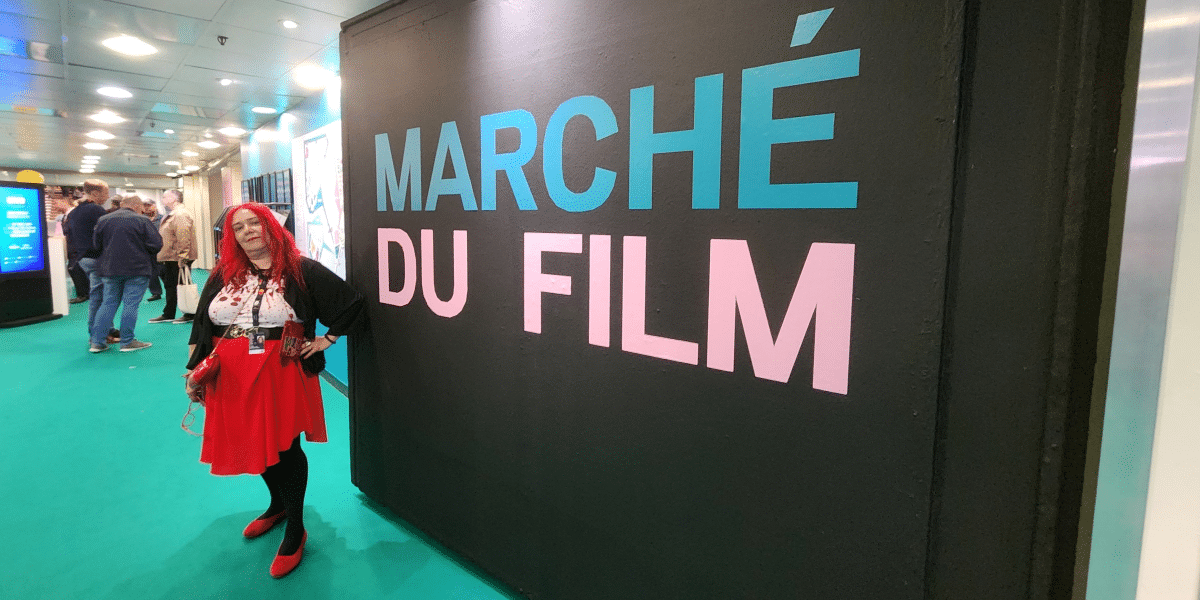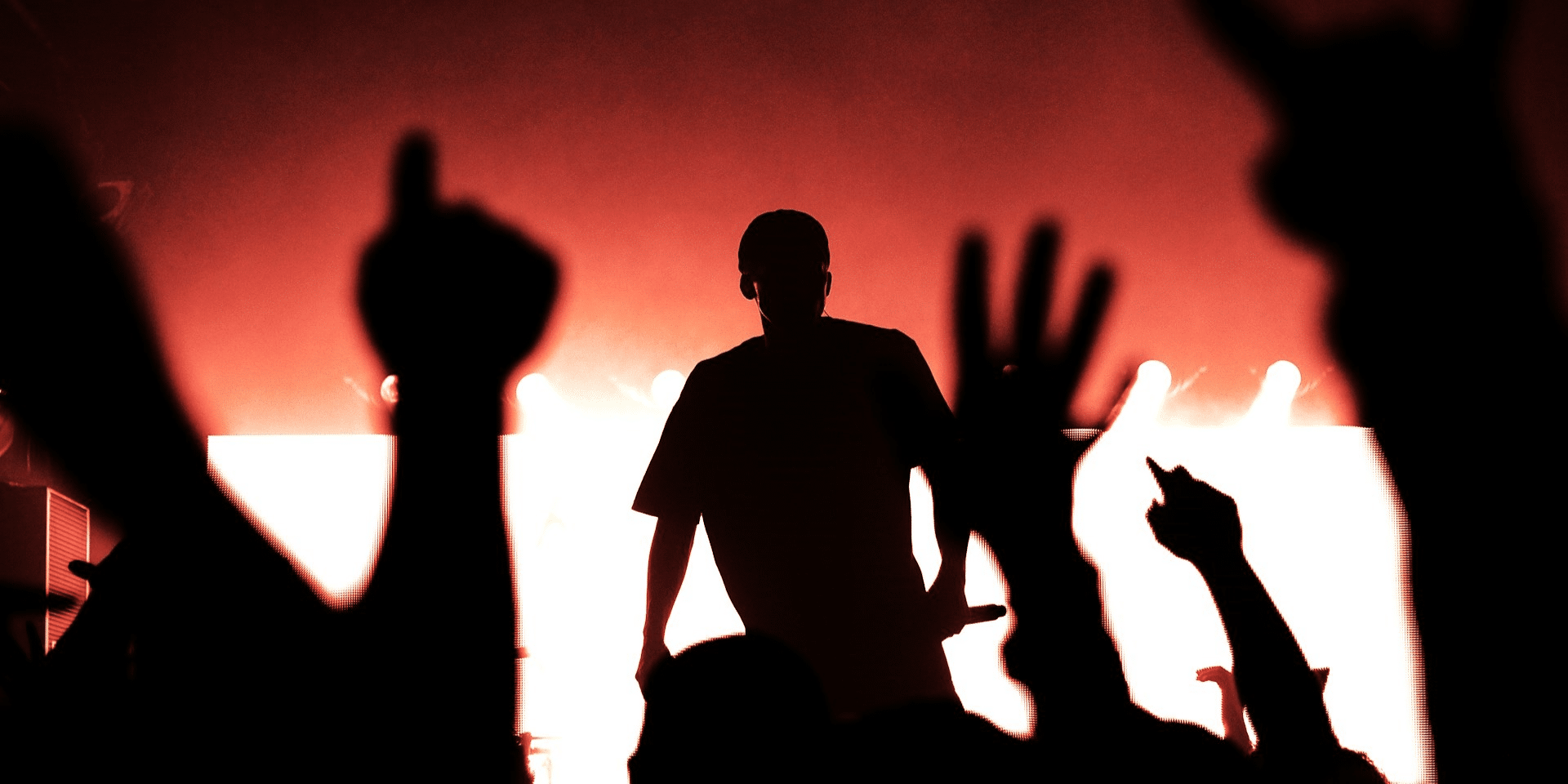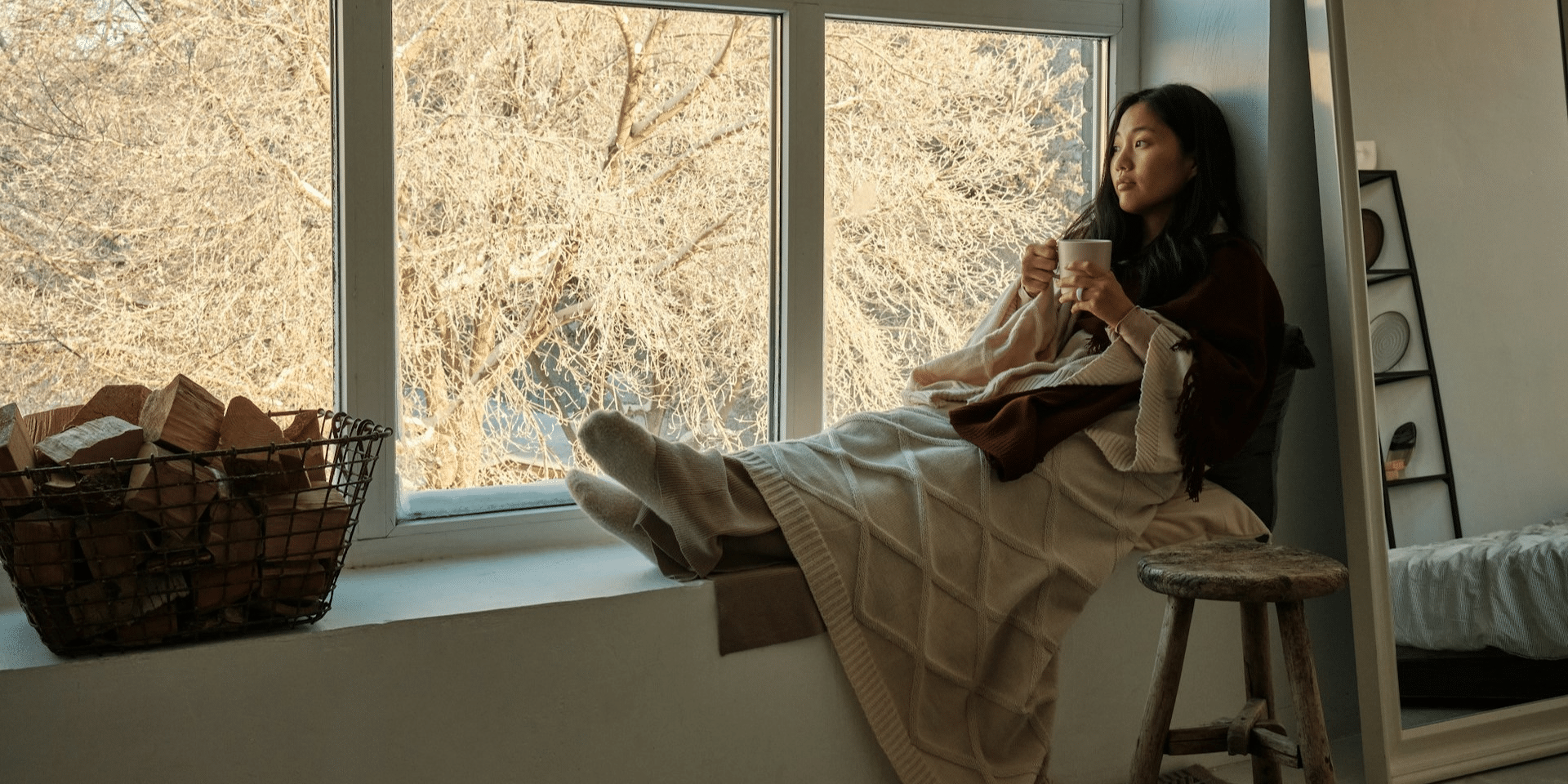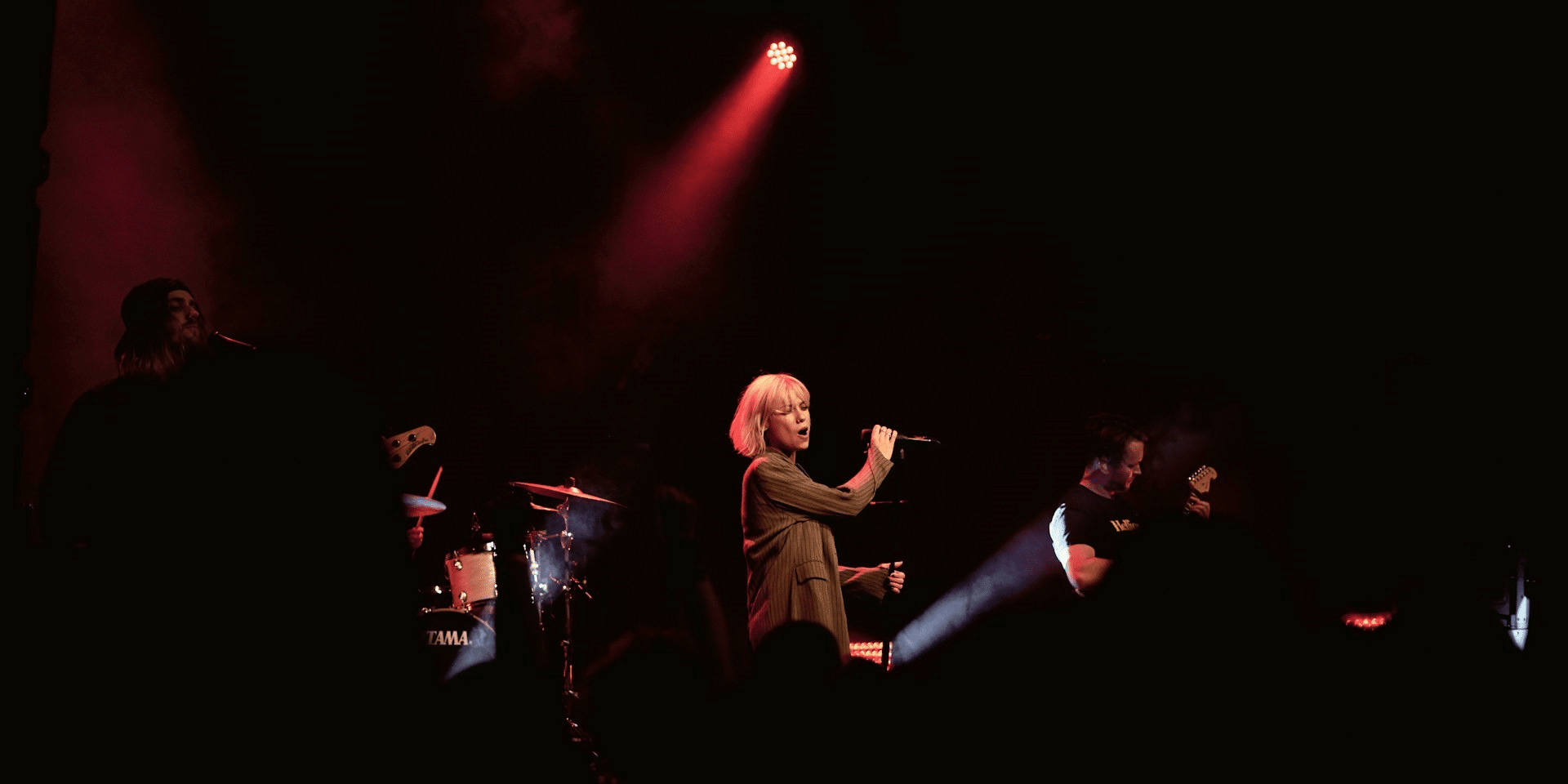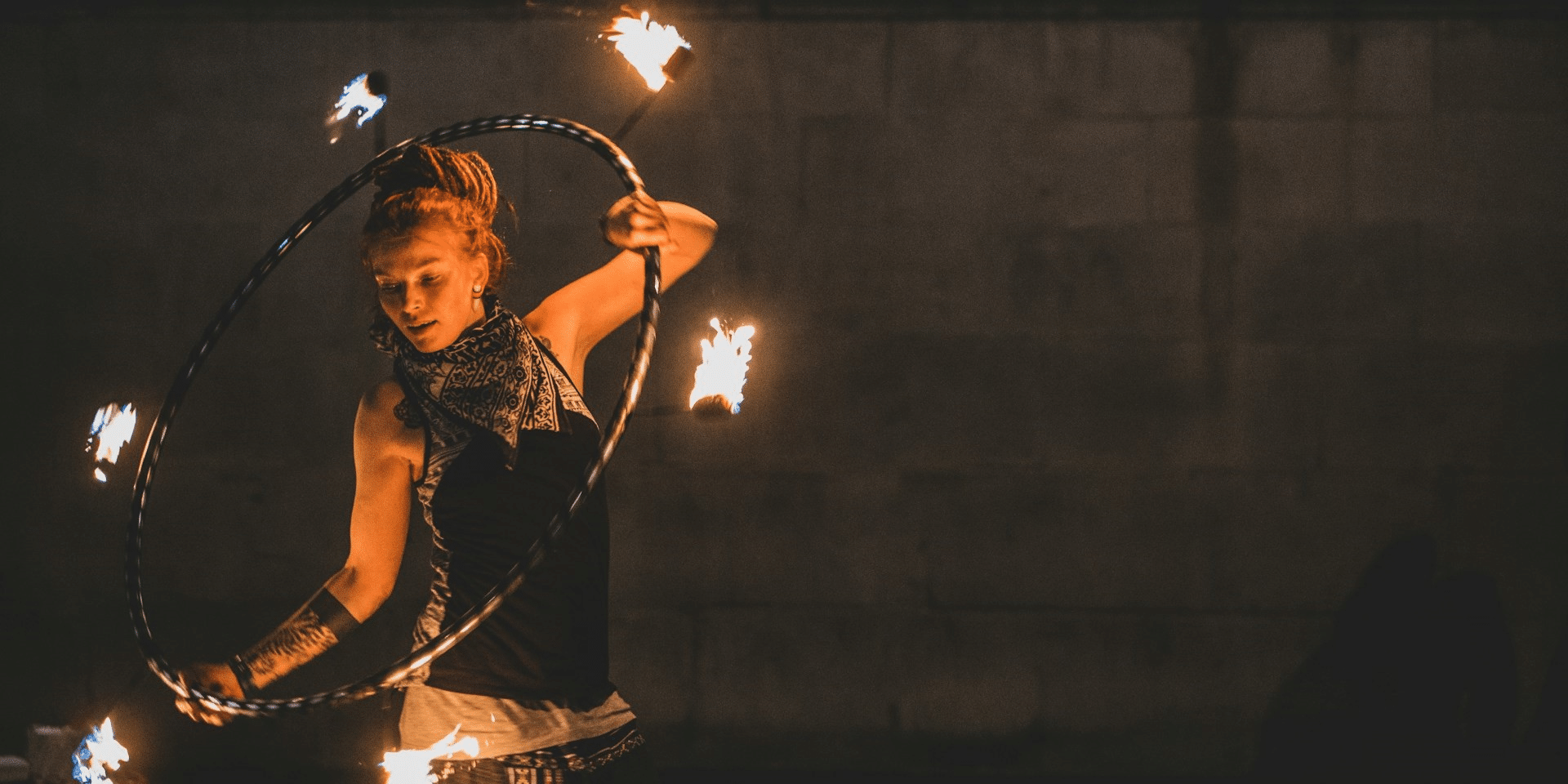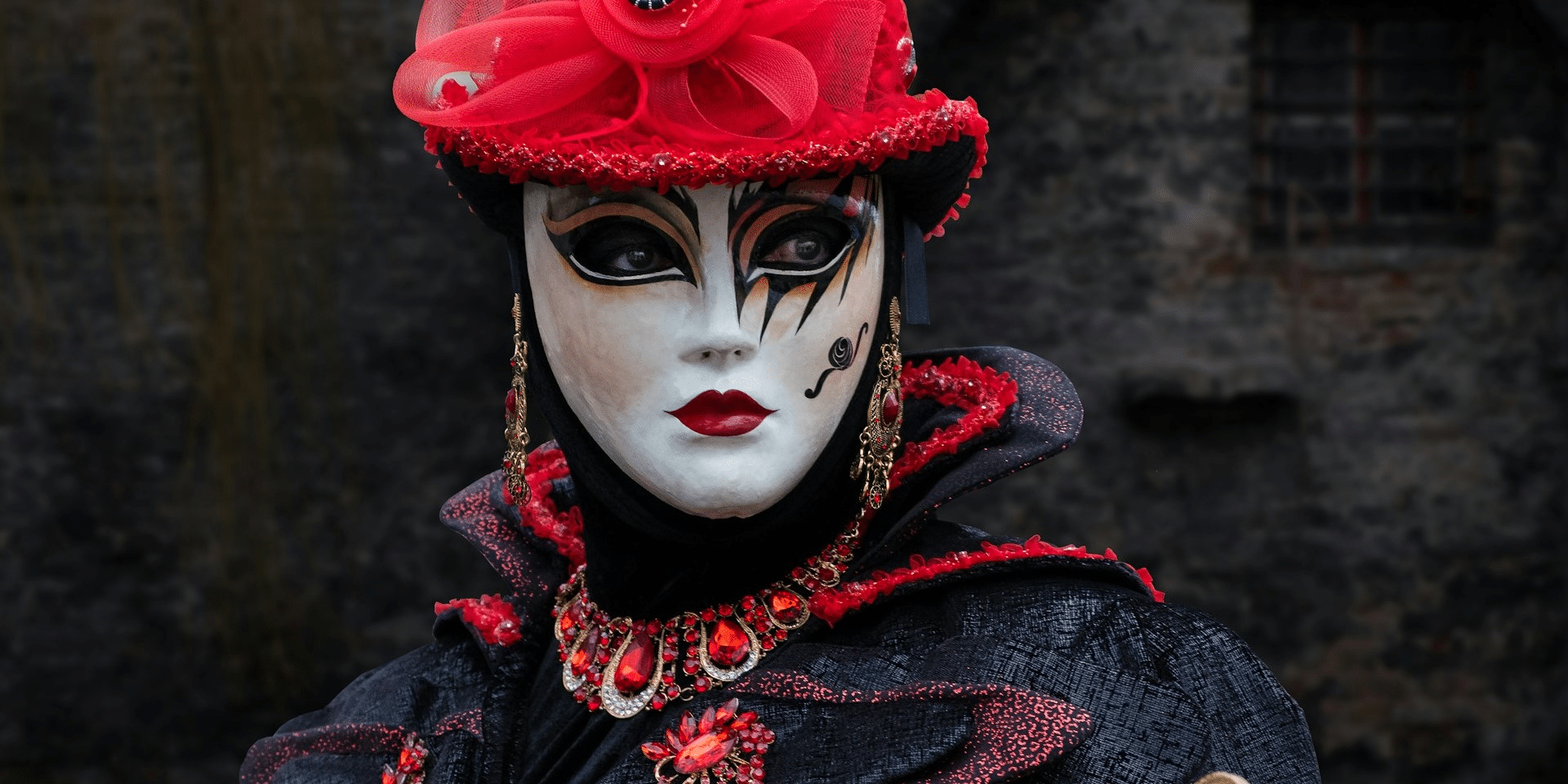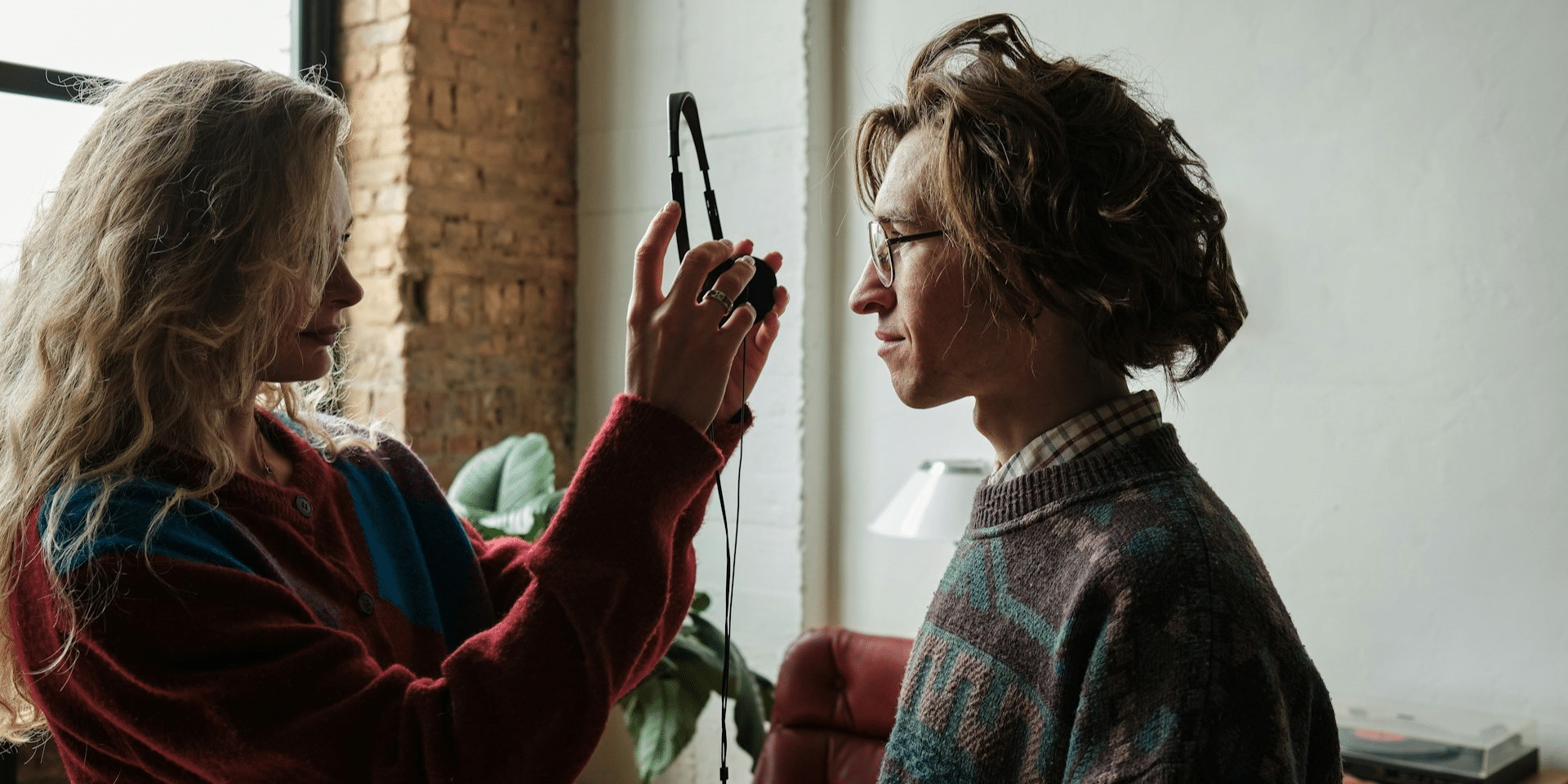By: Press Room
We recently had the opportunity to sit down with James Nield, the renowned Malaysian-British cinematographer whose work spans high-profile commercial campaigns and award-winning narrative films. In this exclusive interview, James shared insights into his journey, creative process, challenges, and future aspirations.
Q: James, you’ve made a name for yourself in both the commercial and narrative film worlds. Can you tell us a bit about how you got started and what initially drew you to cinematography?
James Nield: I’ve always been fascinated by visual storytelling, even from a young age. Cinematography felt like the perfect blend of art and technology, allowing me to combine my love for cameras and lighting with my passion for narrative. My journey started with smaller projects, working in various departments—grip, gaffer, and assistant camera—until I eventually found myself behind the camera as a cinematographer.
Q: How would you describe your cinematographic style?
James Nield: My style revolves around precision and intention. Whether it’s manipulating the circle of confusion to enhance depth or pulling focus dynamically to play with depth of field, every decision is purposeful. Lighting, of course, is paramount. The way you shape it—using negative fill to pull details from shadows, creating texture with hard light or softening with diffusion, or balancing the exposure via false color—is crucial to establishing the mood. It’s all about ensuring that the technical aspects serve the storytelling.
Q: Lighting seems to play a massive role in your work. Can you delve deeper into some specific techniques you rely on?
James Nield: I rely on negative fill to create natural contrast without making the image feel flat. I use a light meter all the time to measure and control lighting ratios, which is essential for setting the desired mood and balancing shadow and highlight detail. By carefully managing these ratios, I can ensure consistency and precision throughout a scene, making each shot feel cohesive. Dynamic range compression is another key tool, allowing me to retain detail in both highlights and shadows when shooting in high-contrast environments. Additionally, I employ HDR techniques to preserve as much tonal detail as possible, while in post-production, I use color gamut mapping to maintain color accuracy across different formats like Rec.709.
Q: You’re also a skilled photographer. How did you get into photography, and how does it complement your cinematography work?
James Nield: Photography has always been a natural extension of my cinematography work. I initially got into it as a way to explore composition and light in a different format. The control over single frames, especially in fashion photography, allows me to focus more intensely on the details—whether it’s the way light wraps around a subject or the texture of the background. I’ve worked with large brands and individuals, applying many of the same principles I use in cinematography, such as depth of field and bokeh smoothing, to create compelling visuals.
Q: You’ve primarily worked in digital, but you’re starting to explore film photography. What are your thoughts on the differences between digital and film?
James Nield: I’ve always shot digital because of the control and flexibility it offers, especially with tools like focus peaking, dual ISO sensors, and the ability to review footage immediately. Digital allows for an immense amount of post-production flexibility, especially when working with large dynamic range sensors or HDR workflows. However, I’ve recently been experimenting with film photography, and it’s a completely different experience. There’s something about the tactile nature of film, the anticipation of waiting to see how the shots develop, and the natural grain that’s hard to replicate digitally. I’m still exploring different film stocks and formats, but I’m excited to see how it influences my approach to both photography and cinematography moving forward.
Q: How do you balance your technical knowledge with the creative side of cinematography?
James Nield: It’s about integrating both seamlessly. On set, I’m always aware of technical parameters—lens breathing, chromatic aberration, bit depth, and color science—but none of that should overpower the creative intention. For example, understanding the dual ISO capabilities of a camera can be essential when transitioning from low-light to high-key scenes, but the decision to embrace or push those limits always comes down to how it serves the narrative. When collaborating with directors like Ethan Grover and Danny Kim, I focus on using technical precision to complement their vision, helping shape the mood, atmosphere, and emotional tone they want to convey. It’s about knowing when to let technical aspects lead and when to let creative intuition take over to support their storytelling.
Q: Speaking of collaboration, what’s your approach to working with directors and crew?
James Nield: Collaboration is key. Every department plays an essential role in achieving the director’s vision, so I always prioritize clear communication and trust on set. It’s important that the crew understands the technical requirements—whether it’s controlling light falloff using the inverse square law or minimizing lens breathing during focus pulling. When everyone—from gaffers to grips to ACs—is on the same page, we can work more efficiently and focus on the creative aspects without getting bogged down in technical issues. Tools like focus peaking and false color monitors help ensure that we’re hitting our marks in terms of lighting, exposure, and focus, which means we can spend more time refining the shot to meet the director’s artistic goals.
Q: You’ve worked on commercials for brands like Pepsi, McDonald’s, and Alienware, as well as award-winning short films. How does your approach change between these types of projects?
James Nield: The core principles are the same, but the execution differs. In commercials, precision is key since the content will often be viewed on smaller screens where even small chromatic aberrations or depth of field pulling errors are noticeable. I frequently shoot in 4K or even 6K to allow for flexibility in post, but I also focus on maintaining detail during dynamic range compression and ensuring the final image holds up after downscaling. For narrative films, especially those shot for theatrical release, I place more emphasis on bit depth, color spaces like DCI-P3 or Rec. 2020, and the use of anamorphic lenses to achieve that cinematic bokeh and immersive depth.
Q: How involved are you in post-production, especially when it comes to color grading?
James Nield: I’m very hands-on in post. Working closely with the colorist ensures that the decisions we made on set, like specific lighting ratios or color gamut mapping, are preserved through the DI process. I use false color extensively to check exposure consistency across scenes, and I’ll often oversee the HDR grading to maintain contrast and detail. I find it crucial to monitor how elements like bokeh smoothing or dynamic range compression translate from raw footage to the final grade, ensuring the image’s integrity is maintained.
Q: What advice would you give to someone just starting out in cinematography?
James Nield: My advice would be to focus on mastering the fundamentals—lighting, framing, and composition—before getting caught up in gear. Ultimately, it’s all about how you light a scene; the camera is just a tool to capture it. Work in different departments, even in roles like gripping or assisting, because understanding how each element of the set functions will give you a comprehensive view of the production process. And don’t be afraid to make mistakes—cinematography is a craft of constant growth, learning, and evolution.
Q: Lastly, what’s next for you?
James Nield: I have some exciting projects in the pipeline, both in narrative and commercial work. I’m also exploring more virtual production techniques—using LED walls and real-time rendering environments to push visual storytelling into new spaces. Additionally, I’m still experimenting with different formats in photography, both digital and film. I’m particularly interested in how techniques like anamorphic bokeh and focus stacking can cross over into my work in cinematography. It’s an exciting time for the industry, and I’m looking forward to continuing to push the boundaries.
Through his thoughtful approach to both the art and science of cinematography, James Nield stands as a visionary in his field, merging technical precision with creative expression. His insights into lighting, collaboration, and the evolving world of visual storytelling underscore his passion and dedication.
Follow James’s journey and explore his latest work:
Instagram: https://www.instagram.com/james_nield/?hl=en
IMDB: https://www.imdb.com/name/nm13414671/
Website: http://jamesnied.com
Published by: Josh Tatunay

